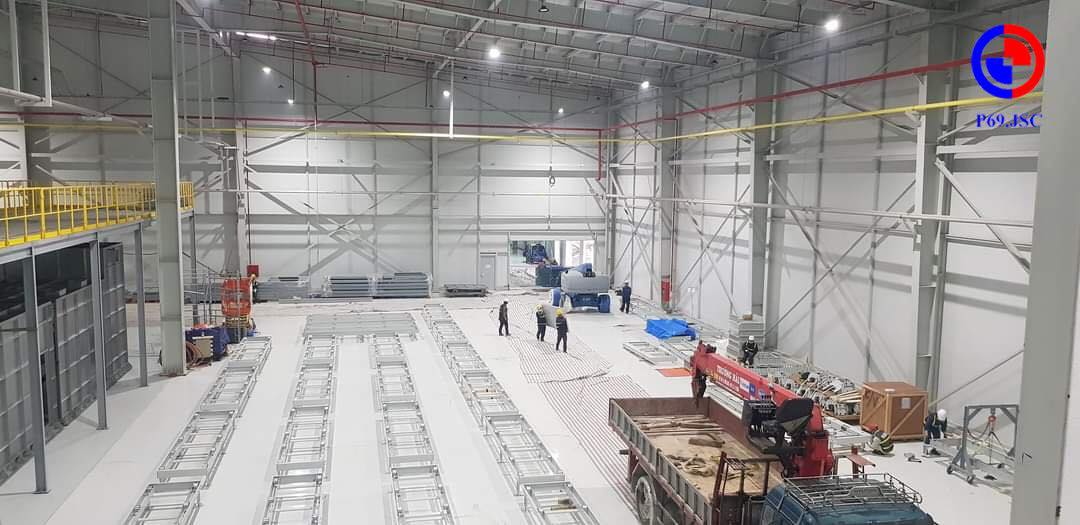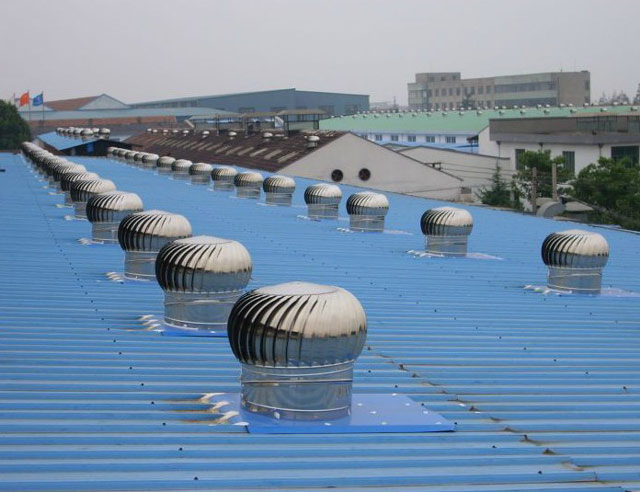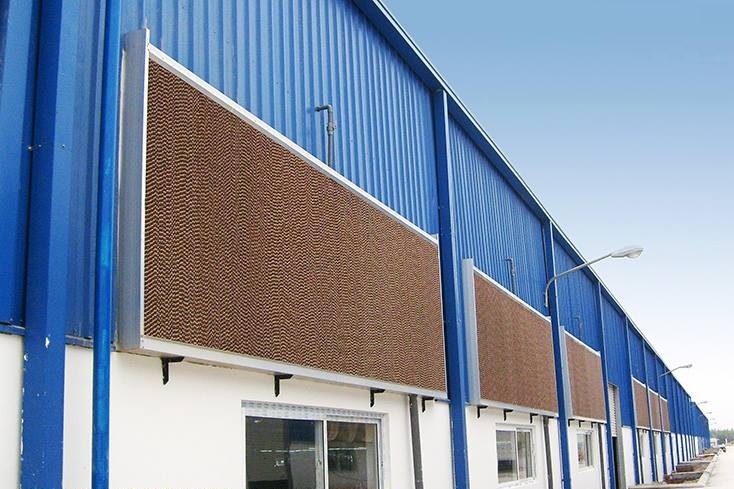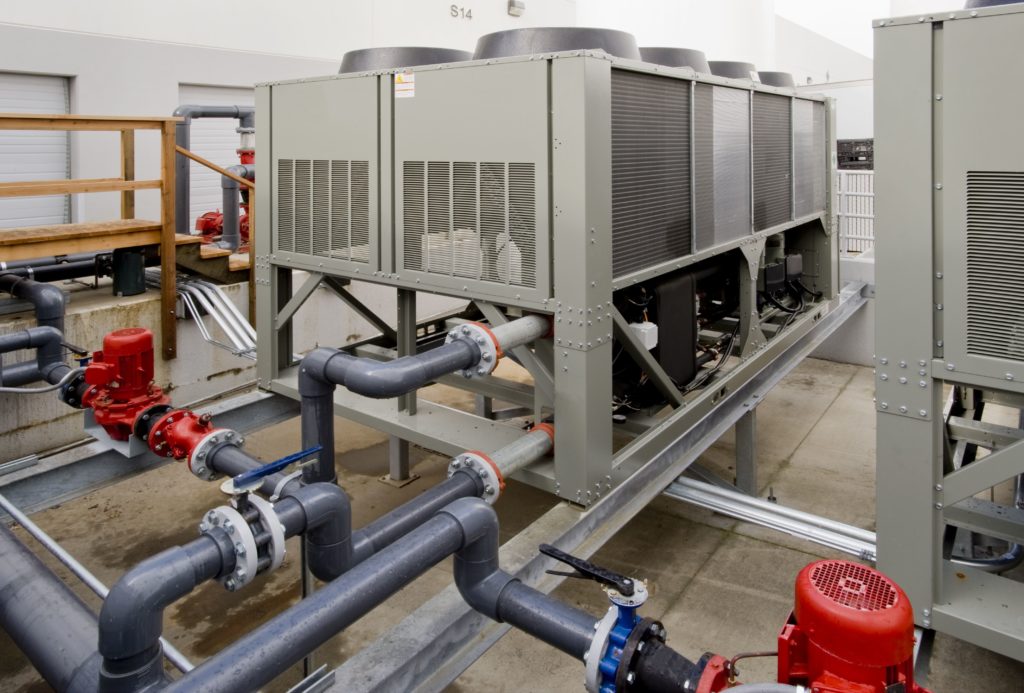Each business will have its own size, machine capacity, and production type, making it easy to see confusion when choosing industrial ventilation. Currently, there are many Ventilation solutions for factories that are different and popular today, but which is the most suitable solution for your factory? Then don’t ignore the following analysis to quickly choose the best solution, among the 7 most trusted solutions today. The following article will help you understand each solution to make the most suitable choice.
Why it is necessary to ventilate the factory?
Currently, the problem of ventilation and cooling for factories and industrial parks is very important in medium and large-scale manufacturing enterprises because the production model in these factories is often closed to create air inside heats up a lot of dirt appears
Factory ventilation solution is applied to purify the atmosphere inside the factory. Ventilation devices will suck or push polluted air (including dirt, hot air, smoke…) to the outside, sucking fresh, fresh air containing a lot of oxygen into the factory. Thereby creating the cleanest and most benefical working environment for workers, products as well as machinery systems.

From the above ventilation mechanism, is can be seen that ventilation solutions bring many benefits to businesses such as:
- Lower the temperature, reduce the risk of fire and explosion when the temperature is high.
- Minimizing wear and tear for factory machinery and equipment.
- Better product quality assurance (e.g with food processing plants, electronics manufacturing plants, etc.)
- Create a comfortable, safe working environment for the workers or the best growing environment for farming farms
The most effective ventilation solution for factories today
Do not ignore the following analysis to be able to quickly choose the best solution, among the 7 most trusted solutions today
1. Natural ventilation solutions for factories
Natural ventilation is a method of circulation air through the force of the wind or a difference in air pressure. This is the simplest and least expensive factory ventilation solution and is therefore widely used. Business can use many different methods for example; ventilation louvers, skylights, vents, windows, etc.
However, because it depends a lot on wind direction, weather and natural conditions, this method is only suitable for small and medium sized factories. In addition, this ventilation solution is suitable for workshops belonging to major industries such as dust production, such as woodworking, mechanical engineering, and more
Advantages:
- Limit power use during system operation
- The investment cost in the systems is small because modern machines and equipment are not used.
- Do not pollute the environment.
Disadvantages:
- Wind transmission efficiency is not high.
- Much influenced by natural factories.
2. Ventialtionthe workshop with a roof exhaust fan
Cool wind will be continuously moved inside thanks to the suction force of the roof-mounted ventilation system evenly distributed in the factory, and at the same time push polluted air through the window and wing bar. choose form a variety of fans such as ceiling fans, axial fans, centrifugal fans…

Compared to the natural ventilation solution for the factory, the ventilation is more effective, but it is only suitable for factories, warehouses and production areas with a high level of heat generation.
Advantages:
- Roof ventilation fans are made of materials with high durability and low rust ability such as powder-coated steel, stainless steel, etc. so they have a long life good resistance to environmental impacts and surrounding weather around
- Low initial investment cost.
Disadvantages:
- The air slow generated on a device is low, the effect is not outstanding.
- The stage of calculating the required air flow to calculate the number of fans and the types of fan is quite time consuming.
3. Ventilate the workshop with a portable industrial fan
Thanks to the use of portable industrial fans, air will be continuously exchanged in and out of the factory to regulate temperature, humidity and air pollution. Create an airy environment bit still save costs.
Currently, there are many different types of portable industrial fans to meet the needs of factory ventilation such as floor fans, wall fans, tree fans, ceiling fans, etc
Advantages:
- The generated wind volume is large, the wind is transmitted far.
- Can be used in various types of factories.
- Simple structure, easy to use.
- Flexible, easy to move
Defect:
- The loud noise.
- The location near the fan is often subject to excessive wind force.
- Consumes a lot of electricity costs
4. Solutions for factory ventilation with wall fans
The wall fan is ventilation solution for the workshop by using ventilation solution for the workshop by using ventilation devices that are attached to the wall of the factory, which will not save space. With a minimalist, compact design, gentle operation of the motor, the wall fan will not produce noise, helping employees feel more comfortable working
Wall fans are now a popular ventilation solution foe factories and are put into use in places where air cannot circulate by itself such as offices, restrooms, closed workshops… The system can applied in a variety of factories with different fields of activity such as: textile factory, wood factory, component assembly workshop
Advantages:
- The air is well circulated..
- Reduce humidity to the required level.
- Compact design for easy installation.
- Large ventilation capacity.
- The wall fans has a mesh screen to prevent dust and dirt to help the fan system work better and last longer
Defect:
- Usually installed on the fixed height. Therefore, using a wall-mounted fan causes inconvenience to the maintenance and repair process later
- Less flexible because it cannot be used for different areas if needed.
5. Ventilation the workshop with the Cooling Pad system
Add a ventilation solution to the factory by using a system of pumps that continuously spray water from the top of the Cooling pad to the bottom through the wavy ridges in the middle to form a water film. When the air passes through the water film, it will quickly cool sown by the water and create a cool flow of air in the factory.

This method can be applied in most different types of factories. however, due to the ability to increase humidity in the air, the Cooling Pad system is not suitable for factories so some fields such as; chemicals, electronics, food…
Advantages:
- Fast cooling performance.
- Saving investment and operating costs for businesses by not using modern machinery and equipment
Defect:
- Increase humidity in the air
6. Solution for ventilation in the workshop with a system of air ducts
This is a ventilation solution for factories using exhaust fans on the wall and louvers with filters, the system will be placed in opposite positions. When the exhaust fan operates , it will create a pressure difference between the two environments inside and outside the factory. Cool air will automatically flow in and be filtered through the louvers to be transferred into the workshop to replace the outside air flow.
The wind channel system is also applied in many different factories. In which, it is impossible not to mention: food processing factories, pharmaceuticals, electronic components…
Advantages:
- installation cost is not too high.
- The mechanism of operation is easy thanks to the activation of the wind.
- Minimizing environmental pollution due to the majority of using natural materials.
Defect:
- Difficulty in the process of calculating and choosing the type of fan, the number of fans to use for the factory
7. Factory ventilation by Chiller air conditioning system
Chiller air conditioning system is a ventilation solution for factories using industrial water chillers. The system cools and generates steam with a temperature between 6℃ and 30℃. Taking advantage of the evaporation process of water (from liquid to gas) collects hot air flow around the workspace in the factory and cools them. Cold air will be evenly distributed to the areas that need to be used.

Factory ventilation by Chiller air conditioning system is only applied in factories with enclosed spaces with large production scale. Due to the huge initial investment cost and the area used to install the system can be up to hundreds of square meters.
Advantages:
- The systems has large cooling capacity that can reduce the temperature deeply. Therefore, it is possible to use only one chiller system for the whole factory and divide it into many different zones as required
- Capable of controlling the humidity and temperature of each individual area.
Defect:
- High investment and installation costs.
- Great power consumption.
- The design and construction of the system is quite complicated and difficult, so if you are not a professional, you need to hire a reputable and specialized unit to cooperate..
P69 – Supply and construction unit of ventilation system PRESTIGE – QUALITY.
To design and construct a factory ventilation system, many factors will be needed. In addition to the requirements for technical expertise. Then experience in construction and installation will be an important factor contributing to creating a perfect ventilation system, consistent with each project.
Company P69 is the leading unit in the design, manufacture and installation of ventilation systems in Vietnam today. With many years of experience in the field of consulting, design and construction of wind systems according to ventilation standards in the world and in Vietnam. Not only focusing on product quality, the company also has a variety of models, affordable prices, and customer service is always the best.
P69.JSC ensures to bring a green, clean space for users and saves energy. Along with the goal of sustainable development and long-term cooperation. P69.JSC will always bring satisfaction to its customers.
Contact us today for a free consultation and answer at:

